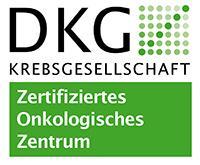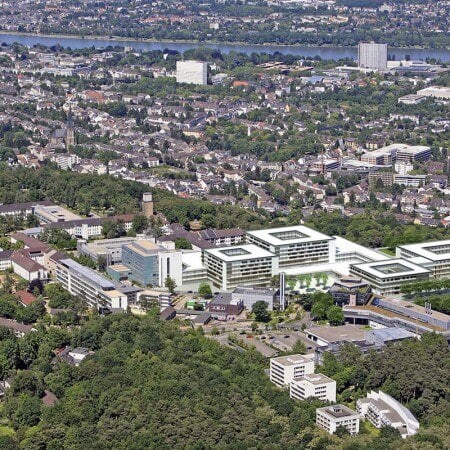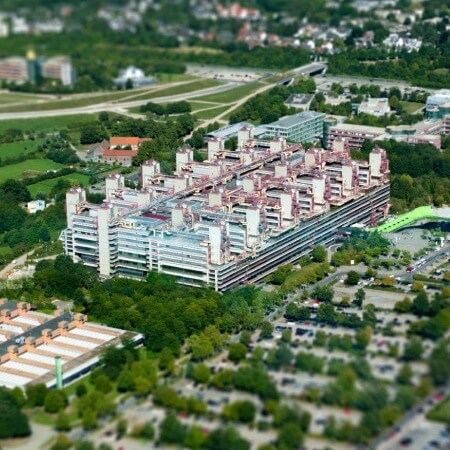About the disease
Pulmonary tuberculosis is an infection which affects the lungs. It is contagious and can be contracted through the breathing of exhaled air of an affected person. Bacteria can be passed through coughing, sneezing and even such activities as laughing, shouting, singing. Nonetheless, a person rarely catches tuberculosis after short period of contact with an infected person. In most cases, contraction occurs only after a long and continuous contact, when people spend much time together.
The risk of getting pulmonary tuberculosis is higher for those who spend much time in public places where sick people are. Such places include hospitals and special facilities, where TB patients can be. Also, having other conditions, such as HIV/AIDS or diabetes increase the risk of catching pulmonary tuberculosis upon contact. Older people who have weaker immune system are also more likely to catch pulmonary tuberculosis. Smokers are in the risk group as well.
Pulmonary tuberculosis became very widespread in the 18th and 19th centuries. It was an epidemic which took lives of millions of people. In 1944 an antibiotic for treating pulmonary tuberculosis was invented. It is known as streptomycin. It can completely kill the bacteria and enables a person to recover from this virus, which was impossible before. Nonetheless, this antibiotic needs to be taken on time in order to have the most beneficial effect. If treatment is started late, consequences can be very serious.
Symptoms
- Continuous coughing
- Coughing with blood
- Chest pain
- Fever
- Weakness
- Fatigue
- Weight loss
- Excessive sweating at night
Diagnosis
- During a general examination, the doctor will listen to the lungs with stethoscope to determine if there any noises or fluid in the chest.
- The doctor will ask if a person has any symptoms listed above.
- A chest X-ray is used to determine the type of damage to the lungs and rule out other conditions which can cause similar symptoms.
- A skin test is used to determine if a person has pulmonary tuberculosis. The doctor injects a very small amount of TB protein under the skin to see the skin reaction. The patient needs to come back in 2-3 days. Redness and mild swelling is a sign that a person does not have pulmonary tuberculosis. Having a hard and swollen lump on the skin which is longer than 5 mm can indicate that a person has pulmonary tuberculosis.
- A blood test is used to confirm the diagnosis and see if there is bacteria in the blood which causes TB.
Treatment
- Conservative treatment uses antibiotics to fight the infection. They may need to be taken regularly for approximately 6 months to completely kill the bacteria and lead to full recovery.
- It is important to take pills regularly at the same time each day. Skipping even one day can lead to resistance to drugs, which will make pulmonary tuberculosis more difficult to treat.
Authors: Dr. Nadezhda Ivanisova, Dr. Sergey Pashchenko




















